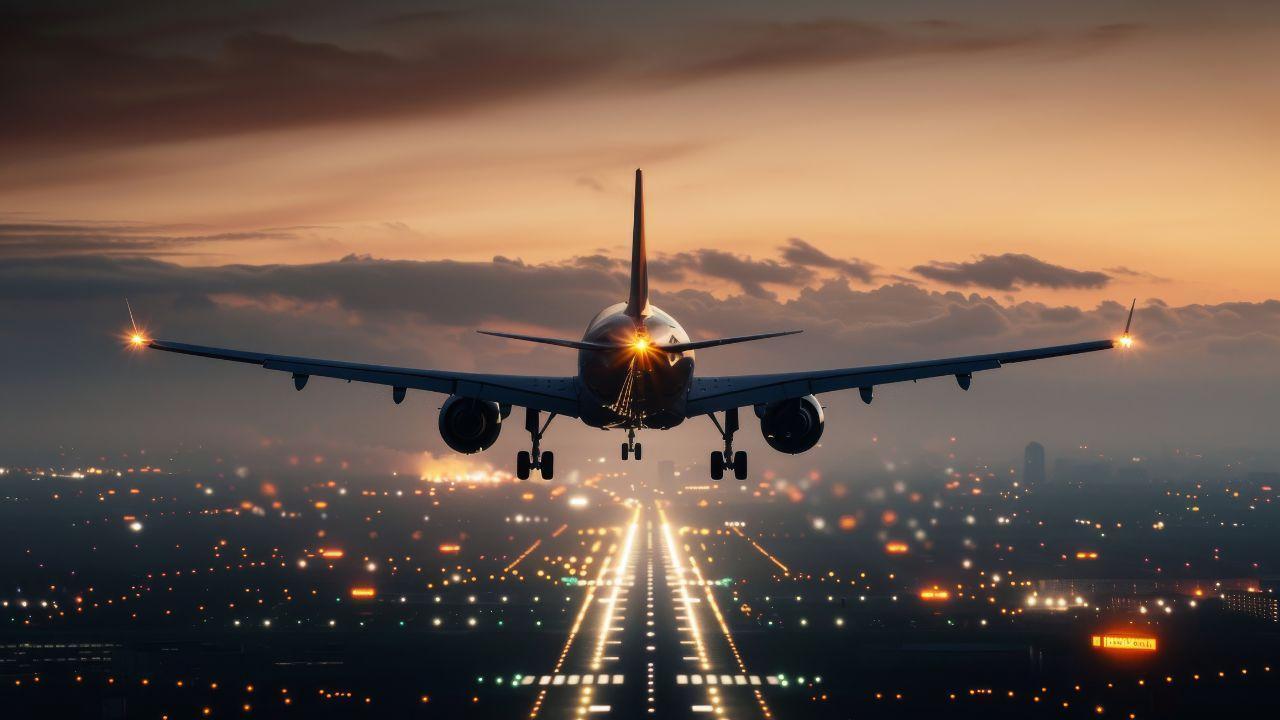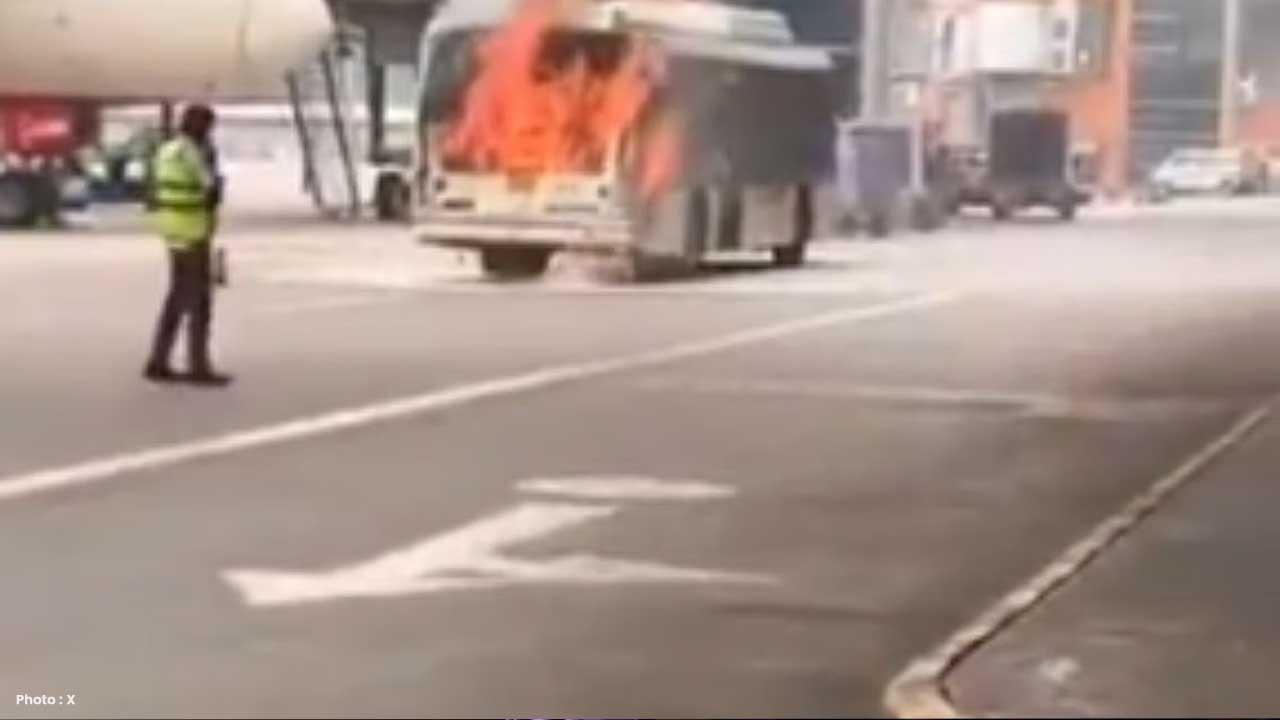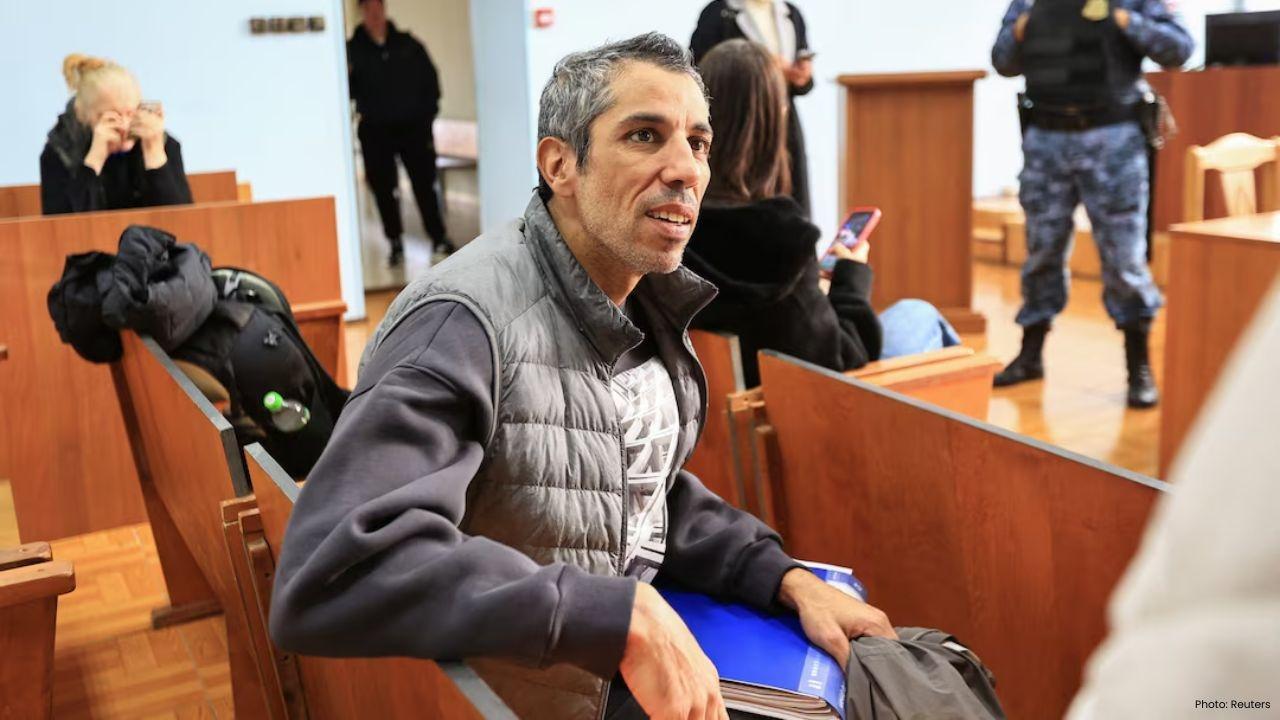
Join 10k+ people to get notified about new posts, news and tips.
Do not worry we don't spam!

Post by : Rameen Ariff
WASHINGTON D.C. – In a landmark move to enhance aviation safety, two U.S. senators on Thursday announced a bipartisan agreement on sweeping aviation safety legislation following a tragic January collision that claimed 67 lives. The fatal crash involved an American Airlines regional jet and an Army helicopter near Reagan Washington National Airport, sparking nationwide calls for urgent reform in aircraft oversight and tracking. The new aviation safety legislation aims to prevent similar accidents and ensure that military and civilian aircraft operate under stricter, modern safety standards.
Senate Commerce Committee chair Ted Cruz, a Republican, and committee ranking member Maria Cantwell, a Democrat, unveiled the bipartisan agreement that mandates the use of advanced aircraft-tracking technology, known as ADS-B (Automatic Dependent Surveillance-Broadcast), across all U.S. civilian aircraft and military helicopters near civilian planes by the end of 2031. The aviation safety legislation also calls for significant oversight improvements on mixed-traffic airspace, particularly near commercial service airports, to prevent future collisions. Experts say the aviation safety legislation represents one of the most comprehensive reforms in decades, addressing long-standing safety gaps in U.S. airspace management.
Cruz emphasized the human cost behind the aviation safety legislation, saying, “We owe it to the families of the victims and every traveling American to make sure another accident never happens again.” The senator noted that the aviation safety legislation incorporates “common-sense safety improvements that have been long overdue,” ensuring that both military and civilian aviation operations adhere to the highest tracking and coordination standards. Aviation experts agree that consistent ADS-B implementation under the legislation will drastically reduce risks of near misses and airspace conflicts nationwide.
The aviation safety legislation also closes longstanding loopholes in ADS-B usage. Cantwell highlighted that the bill ensures the rules are “truly implemented after 17 years of delay,” eliminating previous exemptions for military helicopters conducting training, proficiency, or official government flights below cabinet-level officials. By making ADS-B mandatory, the aviation safety legislation addresses critical vulnerabilities in national airspace management, particularly in densely trafficked areas like the Washington, D.C., corridor.
In addition, the aviation safety legislation requires a nationwide review of airport operations to assess risks from military helicopters, drones, air taxis, and other aircraft interacting with commercial flights. The legislation mandates that the Army Inspector General conduct a safety coordination audit, which was previously declined, and establishes binding memorandums between the FAA and all military services to ensure timely sharing of aviation safety data. Analysts say that these measures within the aviation safety legislation could prevent systemic lapses and enhance coordination between military and civilian aviation authorities.
Transportation Secretary Sean Duffy and lawmakers from both parties have criticized the FAA’s delay in addressing repeated close calls involving military helicopters near civilian aircraft. The aviation safety legislation is expected to streamline accountability and enforce stricter compliance, making the skies safer for all Americans. With a committee vote scheduled for next Tuesday, proponents of the aviation safety legislation hope for swift passage in the Senate before the U.S. House of Representatives takes up the bill. Aviation safety advocates argue that the legislation could serve as a model for modernizing air traffic protocols across the country.
The aviation safety legislation stands as a critical response to the January tragedy and reflects growing bipartisan recognition of the need for rigorous airspace safety reforms. By combining advanced technology mandates, strict oversight requirements, and coordinated monitoring of military and civilian operations, the legislation aims to significantly reduce the risk of future fatal accidents. Experts say that full implementation of the aviation safety legislation could reshape the U.S. aviation landscape, making air travel safer for millions of Americans each year.










Alex Carey Prepares for Barmy Army in Ashes Series
Australia’s Alex Carey expects Barmy Army taunts over Bairstow stumping but says he’s ready for the

Bruins Aim to Recover After 7-2 Loss to Senators
Boston Bruins plan a strong home comeback after a 7-2 loss to the Ottawa Senators, with coach Marco

Kapalua Plantation Course to Reopen After Major Challenges
Kapalua’s Plantation Course will reopen on Nov 10 for guests, but it’s not ready for PGA Tour events

Dustin Johnson Re-Signs Multi-Year Contract with LIV Golf
American golfer Dustin Johnson signs a new contract with LIV Golf, continuing as 4Aces captain amid

French Cyclist Freed After 50 Days in Russian Custody
French cyclist Sofiane Sehili was jailed 50 days in Russia after crossing the border illegally durin

Thunder Stay Unbeaten with Hard-Fought Win Over Mavericks
Shai Gilgeous-Alexander led Oklahoma City Thunder to a 101-94 win over Dallas Mavericks, keeping the